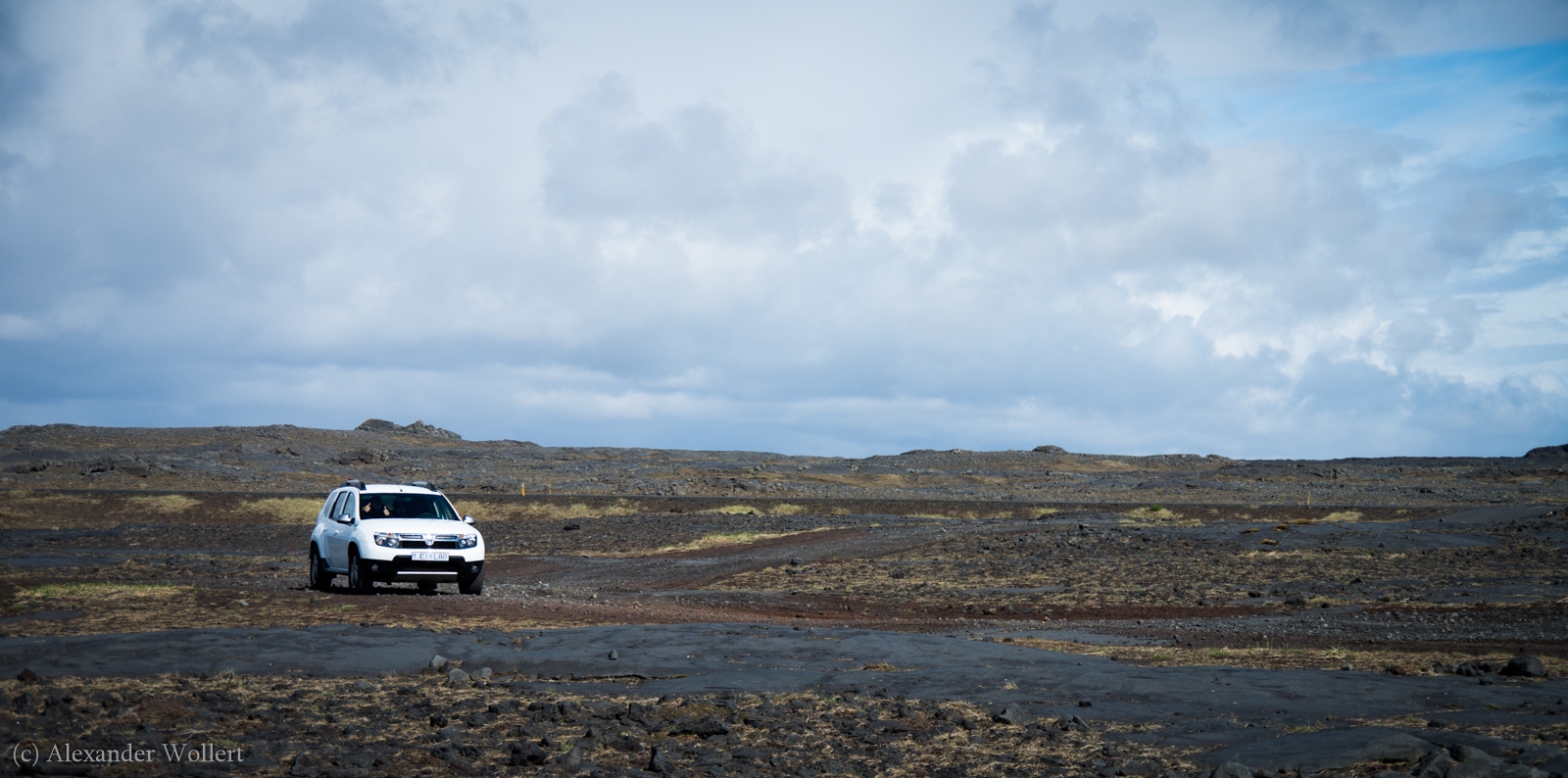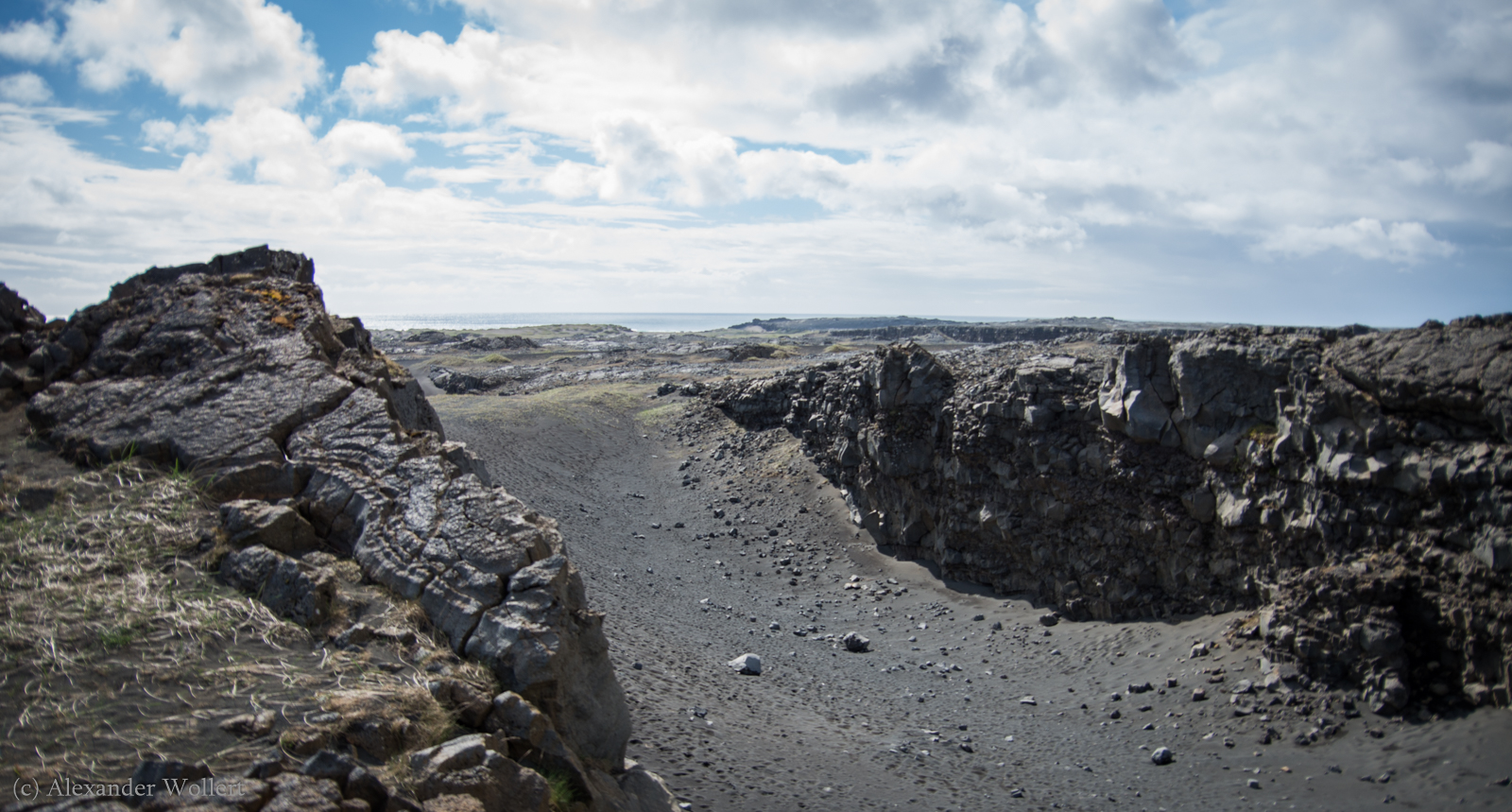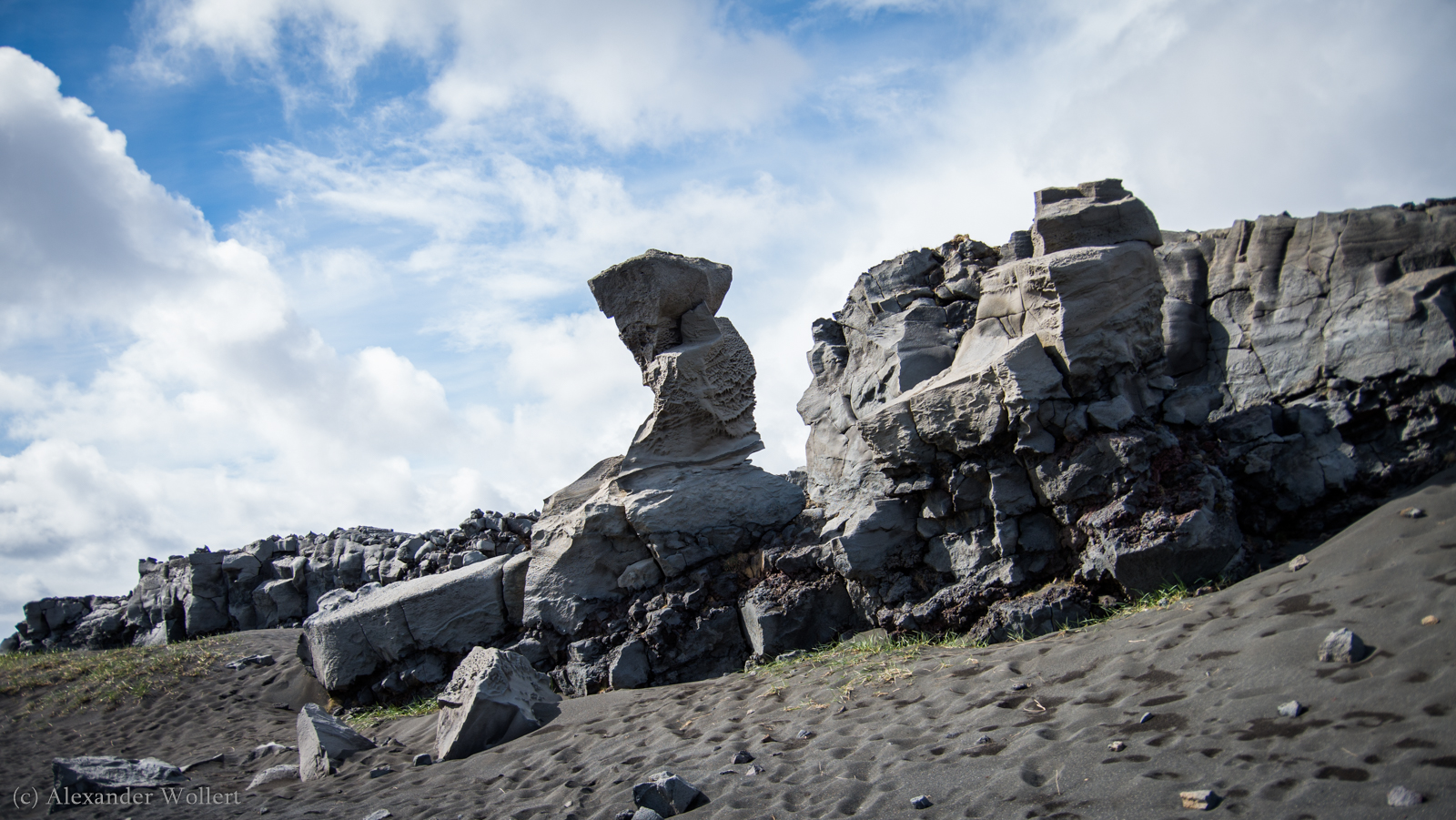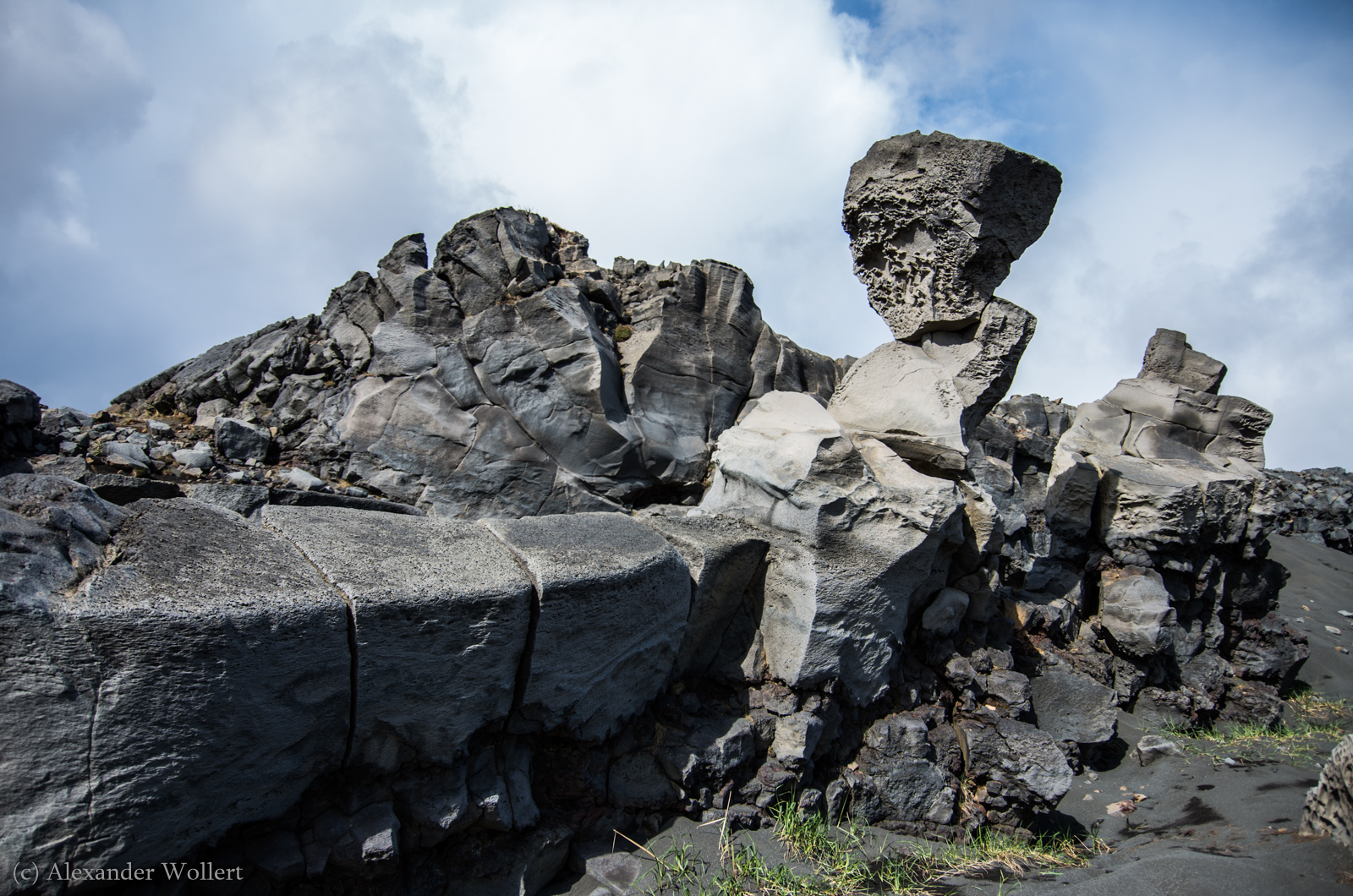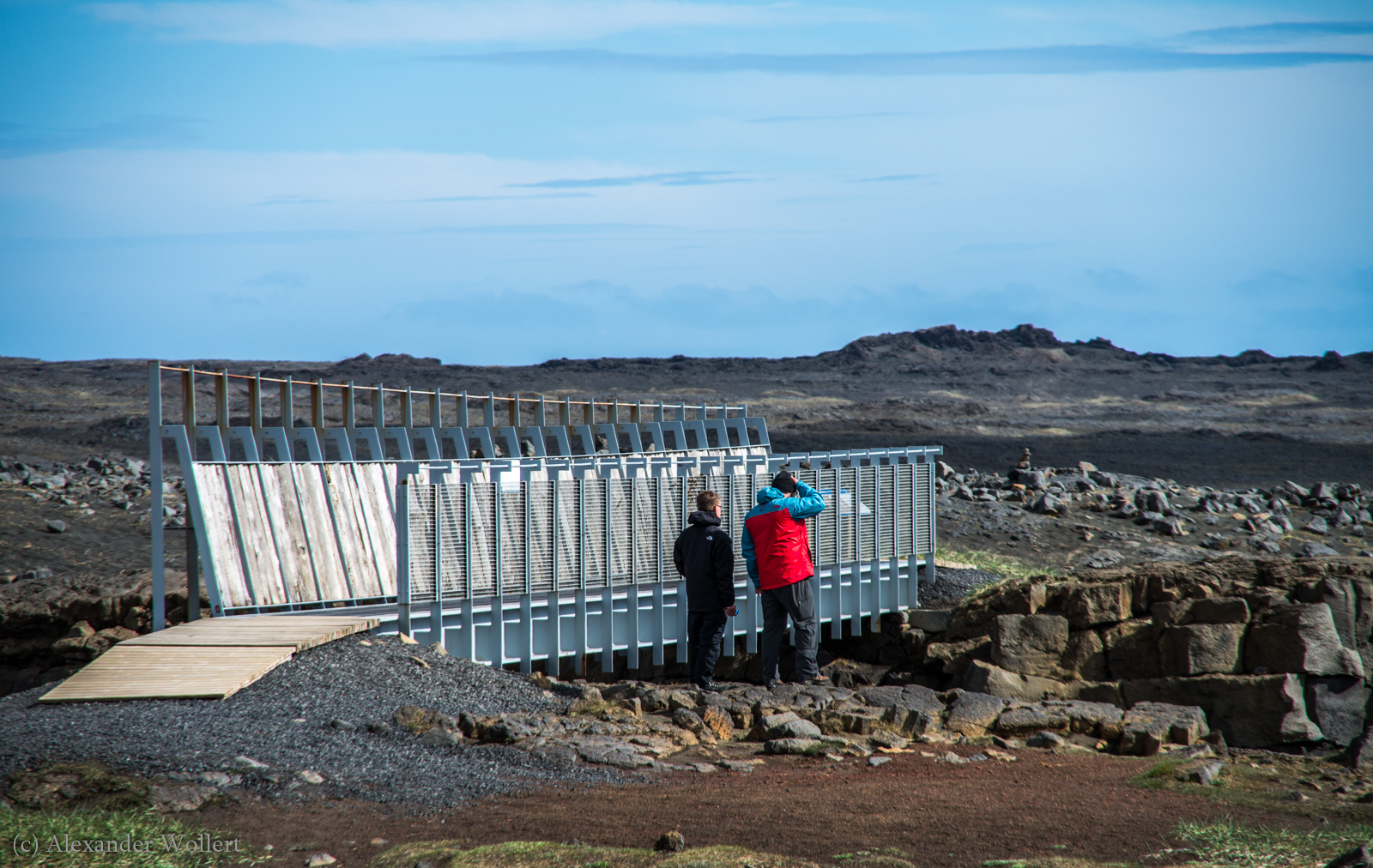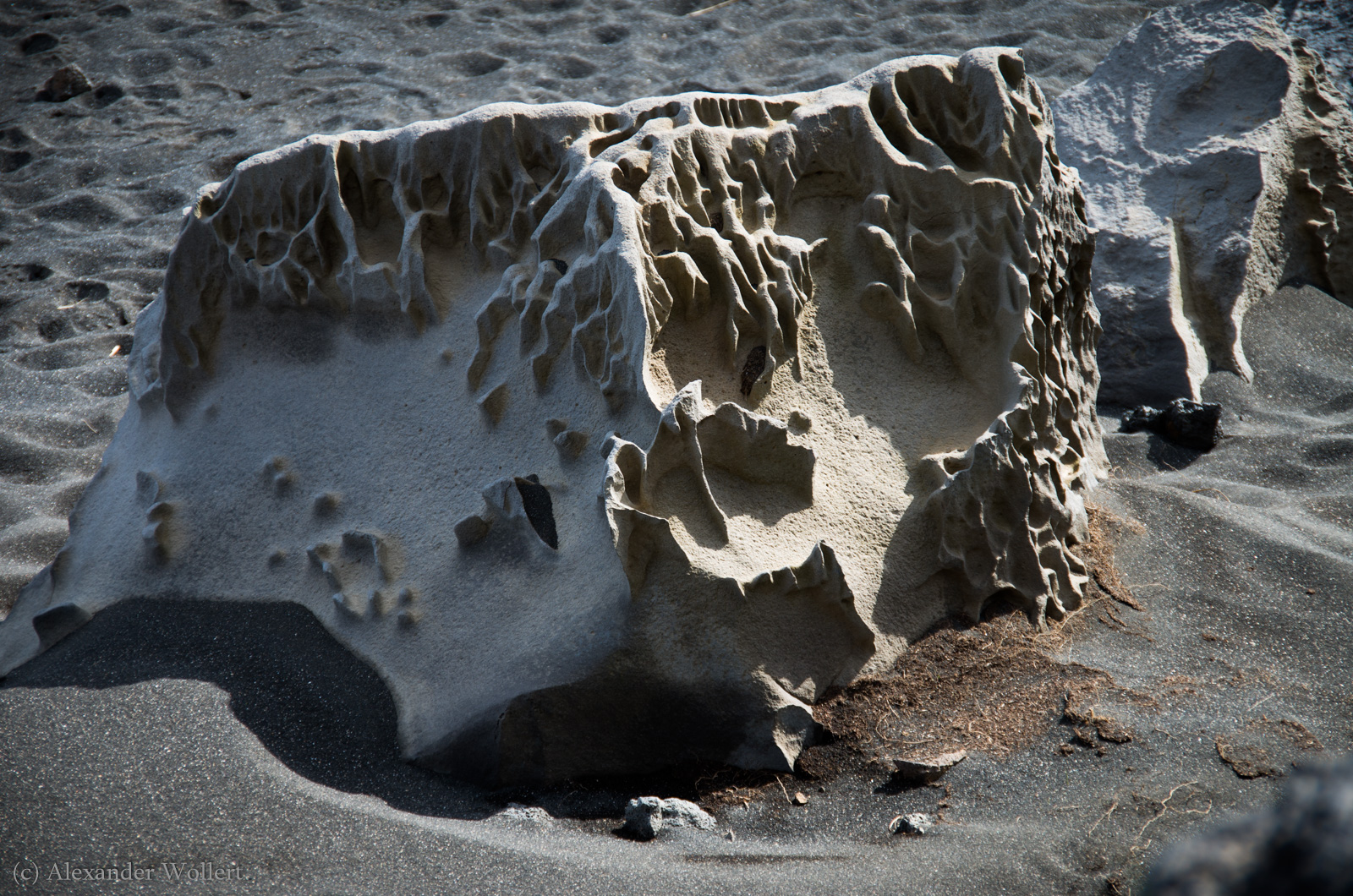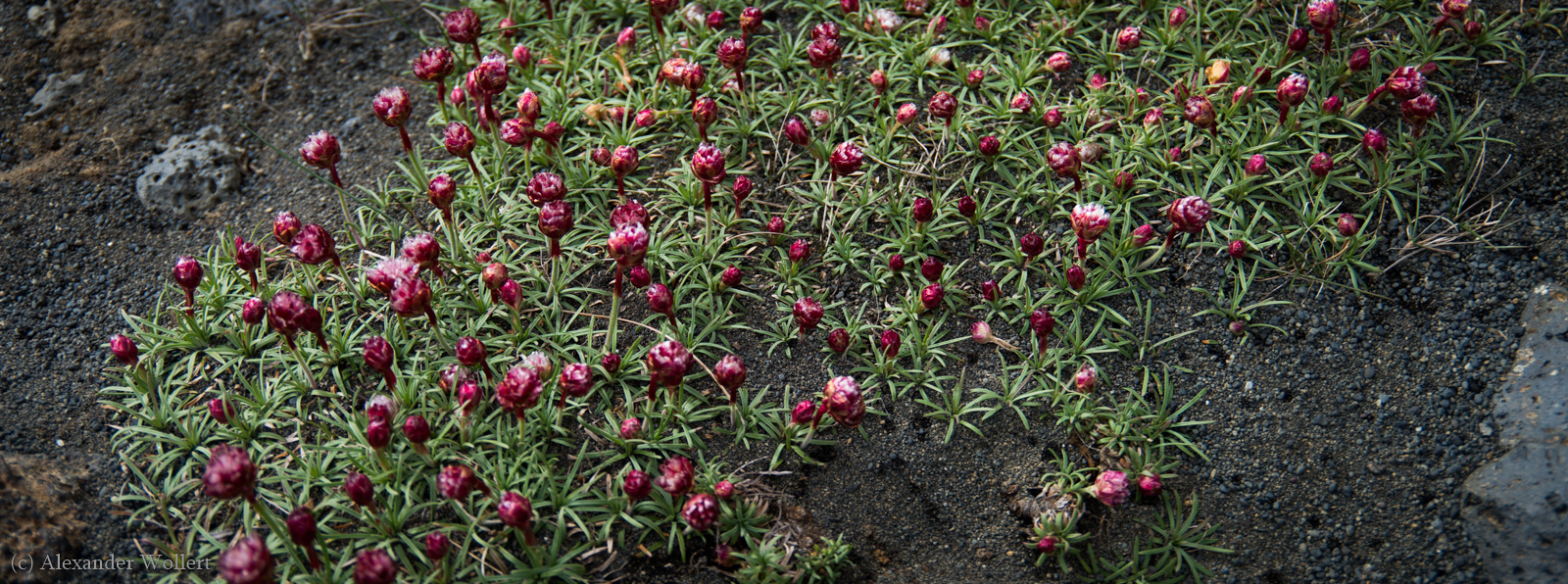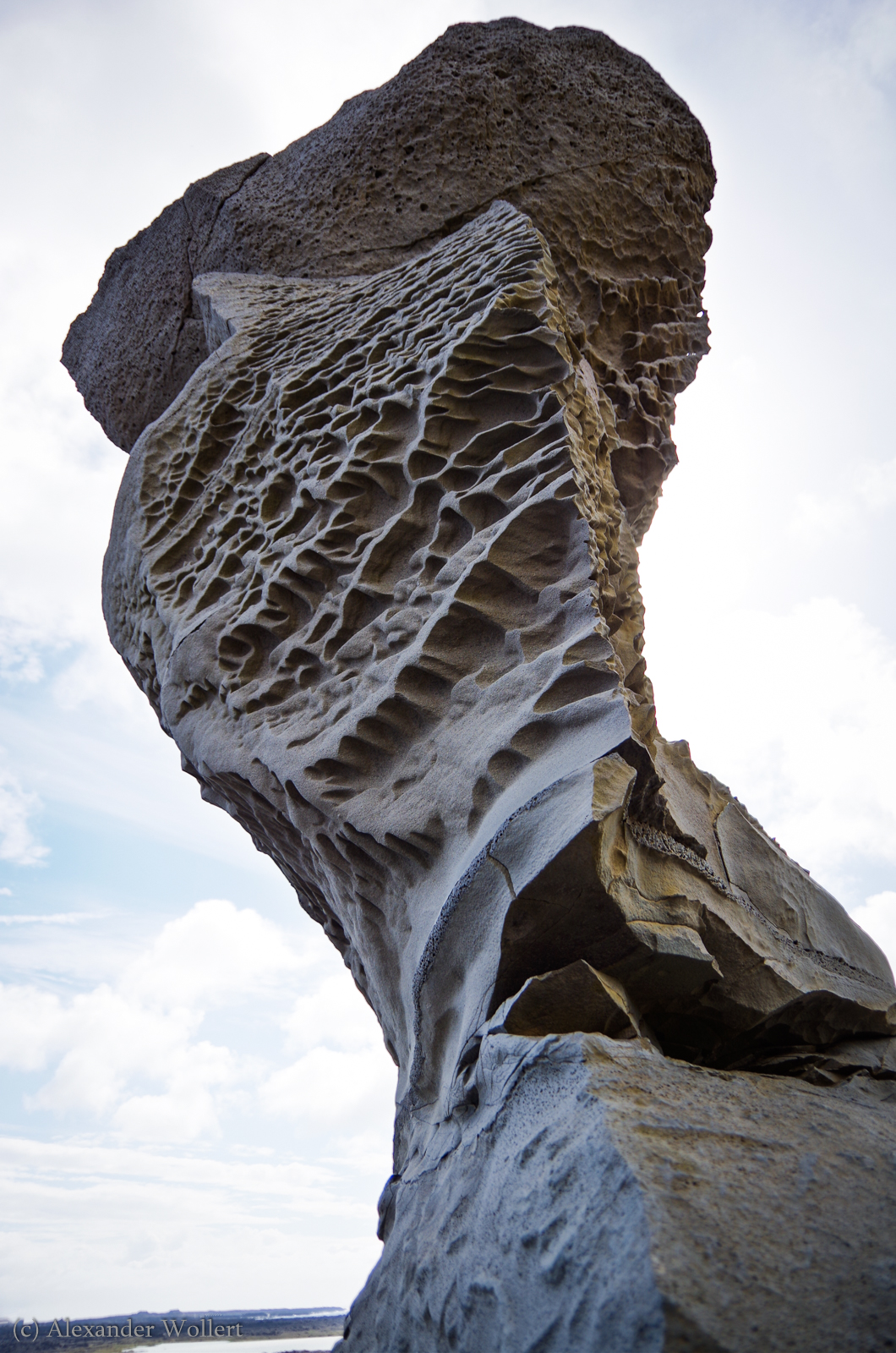Diary Entry
So this is Iceland. When you arrive in Kevlavík, the first impression is that of a gray, cloud-shrouded flat piece of land. It is not as cold and wet as it looks … Barely pronounced, a horizontal drizzle sets in.
Arriving in Iceland is something particularly peculiar. The airport is outside the capital of Iceland, which is home to two thirds of the population of the country, which itself does not even have as many inhabitants as the German city of Bonn. From Kevlavík we want to go to the metropolis of the country, which takes about 45 with a bus.
But it doesn’t get boring. Chris, Uwe and I can already see the rugged landscape of the island of ice and fire from the plane. The landscape is rocky and has hardly any vegetation. It’s rough, you feel that you are only standing on a rock in the North Atlantic and you have the ominous feeling that a jet of lava could shoot into the sky from one of the many peaks on the horizon.
To the left and right of the road, frozen columns of lava tower and their sharp tips convey that it has not yet been separated from its existence as a hot mass of magma for much time.
Although we are in one of the most blatant environments Europe and America can create together, our bus has comfortable internet – just like every other remote corner of this island.
We seem to have missed Reykjavík’s nightlife around 11 p.m. local time; we stroll through the cute pedestrian zones and see a few good-humored young people standing in front of a bar with the mood of the last ones who don’t want to leave yet. It’s still light outside so it’s easy to see. Due to the weather in the soup kitchen, you don’t notice much difference to the day. Instead of times of day, one could rather differentiate between weather times. The change between sun and rain happens several times very quickly and hitting a weather forecast is as sure as throwing darts backwards, blindly drunk and singing.
The first impression of nature is remarkable: the landscape on the coast between Reykjavík and Kevlavík is a rugged and very concave formation of heaps, natural cairns and small ravines, which jagged to small islands and tongues extends into the sea.
You stand on a large lava field, from which you have the impression that it only solidified yesterday. Only moss grows on it. In the distance you can see high volcanic cones and mountain ranges disappearing into the clouds. The weather is inconsistent. Most of the time it’s good, but then it rains again briefly and heavily. As long as it is dry, there is a strong smell of sulfur here .. Iceland, here we come! The people here seem a bit chilled and humor resistant. They have to warm up a bit before they smile, and even then you still have the feeling of being annoying. Let’s see if I can still find the wavelength for them.
I asked an Icelander what “please” means in their language – to which the answer came that it doesn’t exist. So much for that.
In Reykjavik we only spend one night in a terribly desolate hotel. The island is extremely expensive and we only go out to eat once. Once and never again. Despite the high prices, the menus don’t have much to offer. Continental monotony on the one hand, whale steak on the other. For the sake of the whales, we choose the one-size-fits-all.
We borrow a Dacia Duster with four-wheel drive, which we will also claim. It is May and therefore early in the year for Icelandic tourism conditions. The accommodations are barely booked, the streets are empty and the campsites are so deserted that we don’t even have to pay fees.
We also take out “sandblasting” insurance, on the advice of our friends Nina and Sebi. These two had to make the unpleasant experience that the enormous wind on the island can use the fine black lava sand to completely remove its paintwork from a car in a short time. This is so common that it is a routine supplementary insurance for cars on this island. So don’t be afraid of the little additional financial outlay.

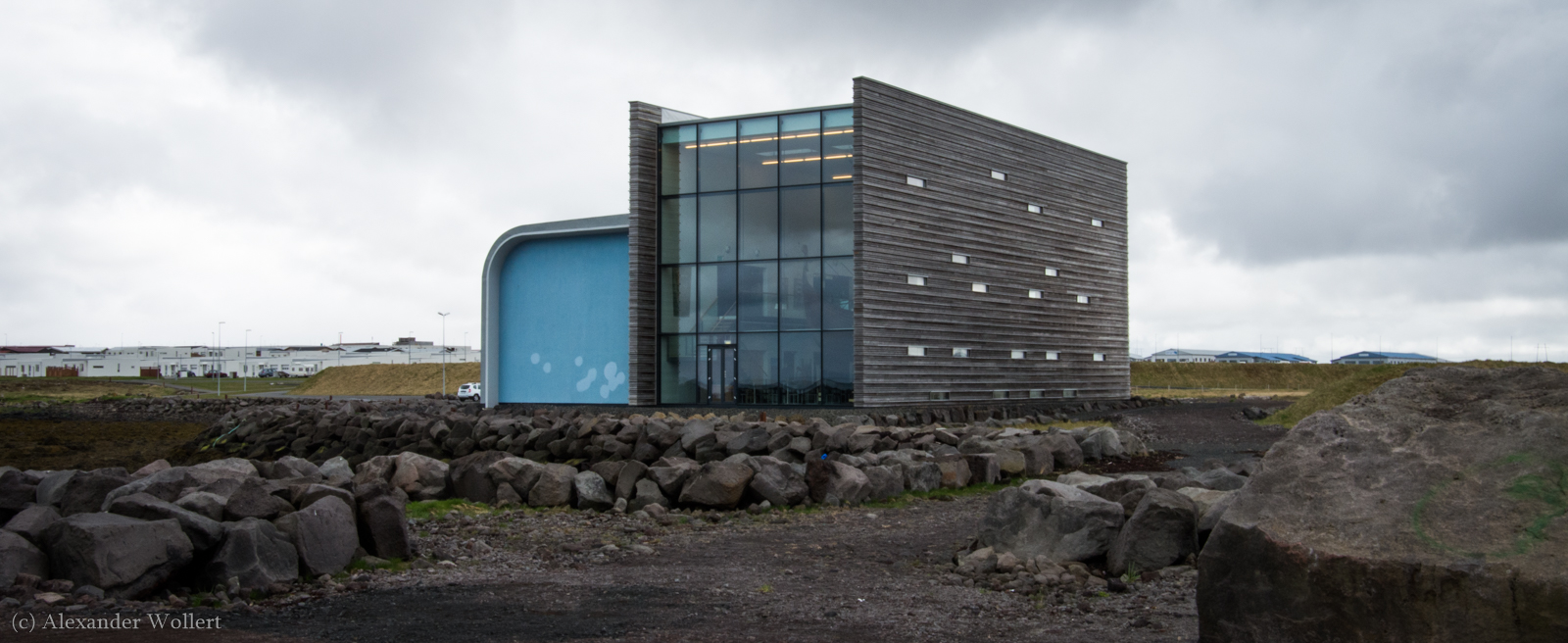
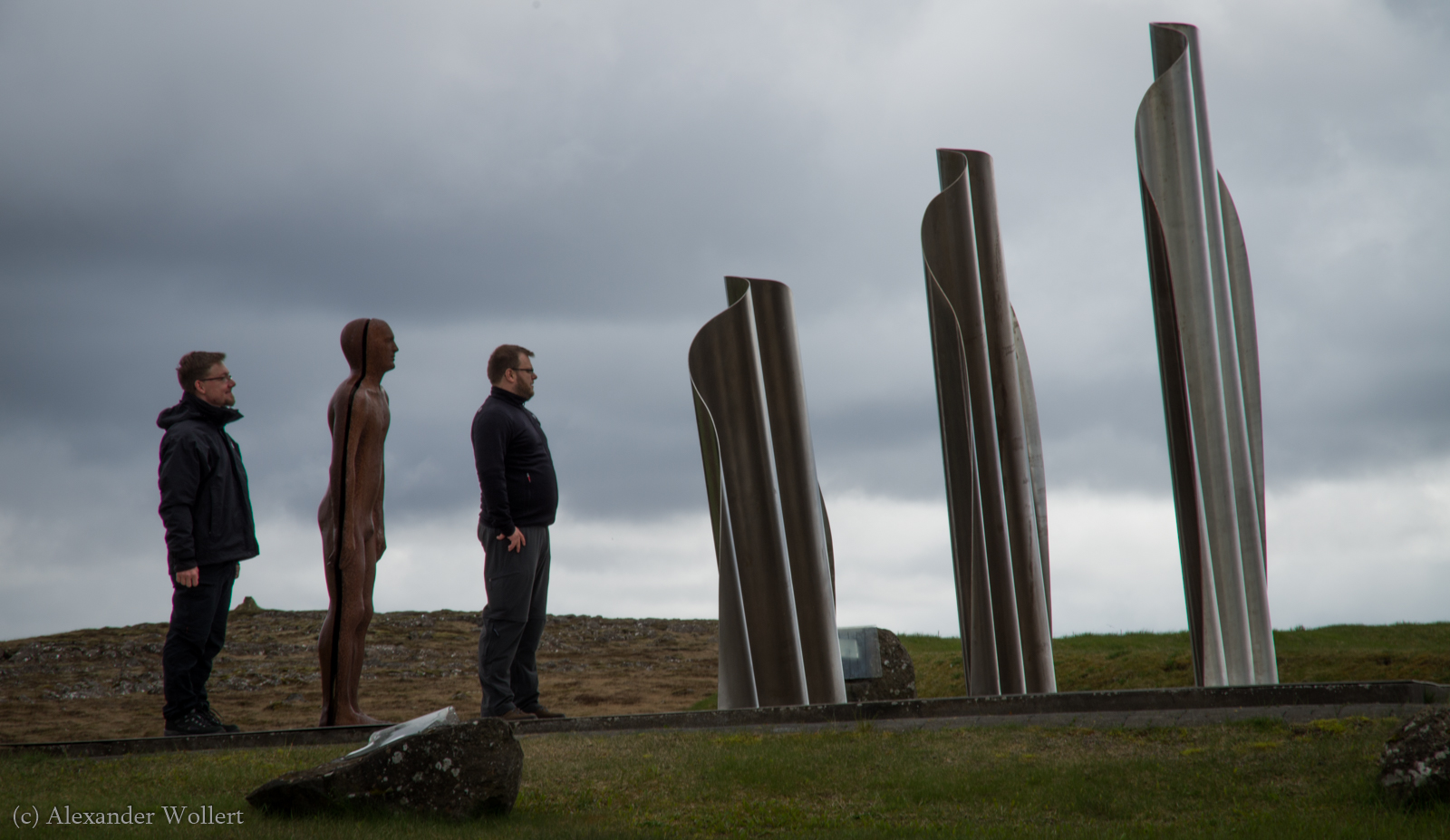
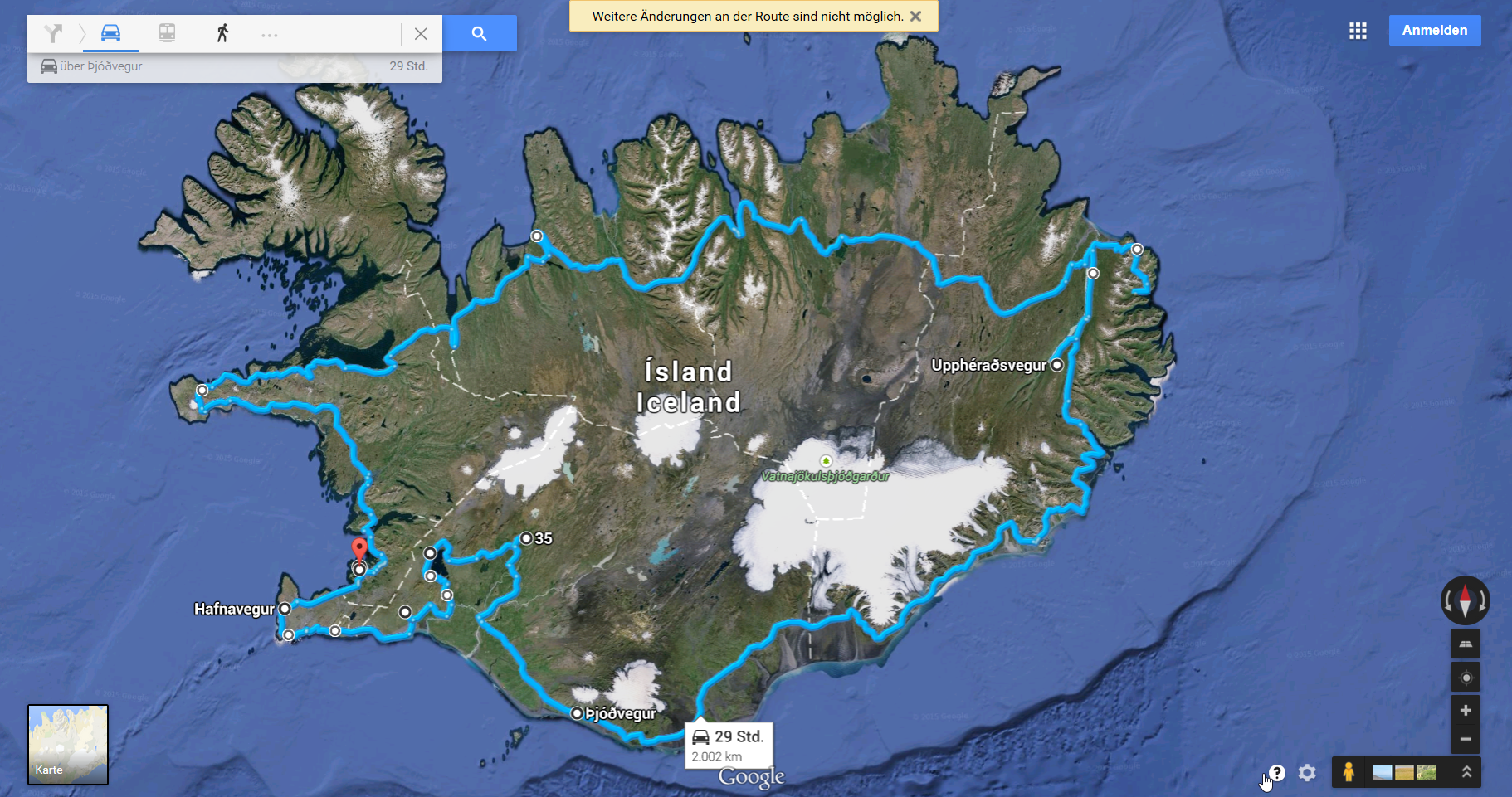
at the harbor and the Viking Museum opposite. That sounded very interesting in name. The small building in relation to the large entrance fee allows us to admire the original dragon boat on display through the window panes.
In the inconspicuous town of Sandgerði, we become aware of the Álög culture and cannot resist setting our own brand.
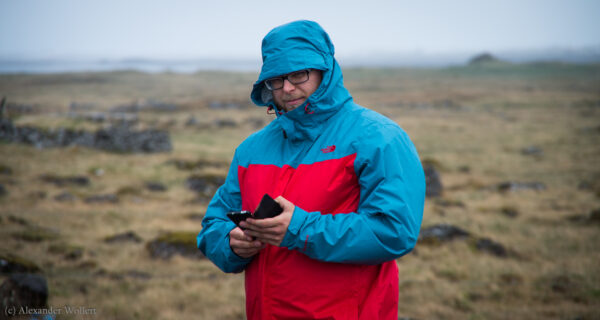


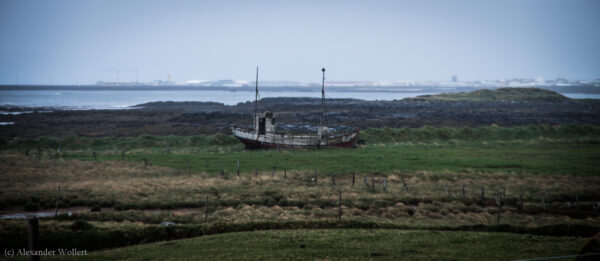

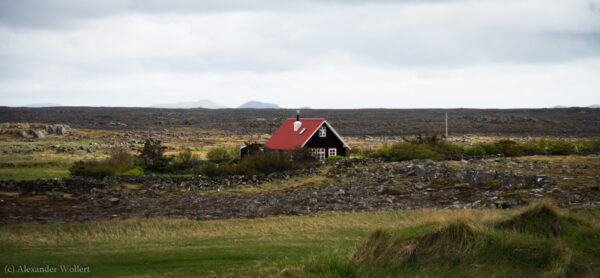
The first two days are cloudy and rainy, but the sunny luck will stay with us for the rest of the trip. We leave town without a crown in cash. Nobody pays in Iceland, really nobody with coins or bills. In a bar, restaurant or supermarket you pay by credit card, even if you only buy a single piece of chewing gum.
Our plan is to go around the whole island once during our stay and still have enough time for hiking. We haven’t booked anything; as always, we rely on it to work out.
First of all, we drive back exactly where we came from, namely in the direction of Keflavik.
We get a first impression of the barren island. The black soil stands out between the grass everywhere. Individual villages, churches, the famous Icelandic horses or even fishing boats line the landscape.
First, we admire a rock formation that could be perceived as inconspicuous. You can see that in relative terms, as the landscape of Iceland is so incredible that you can point your camera in any direction and still take a breathtaking photo.
In this case, however, this formation is special because the small rift at our feet is nothing less than the crevice between the European and American continental plates.
A bridge connects the two continents rather symbolically; it is not difficult to just walk through the scree.

